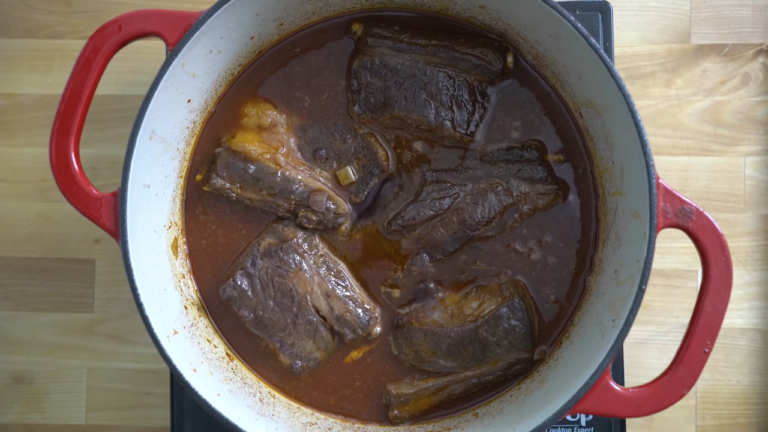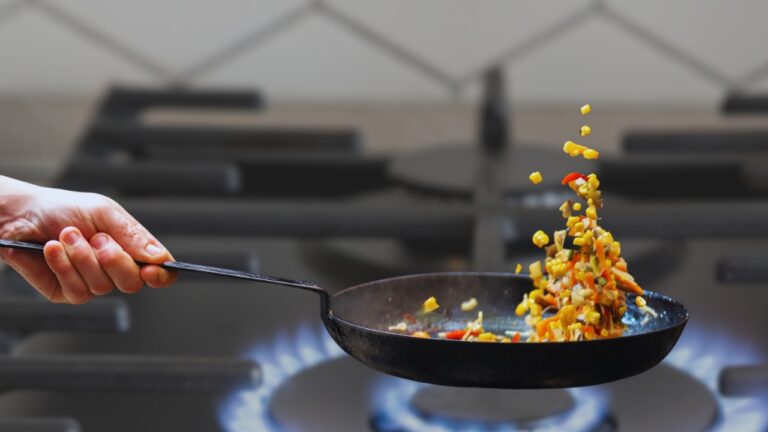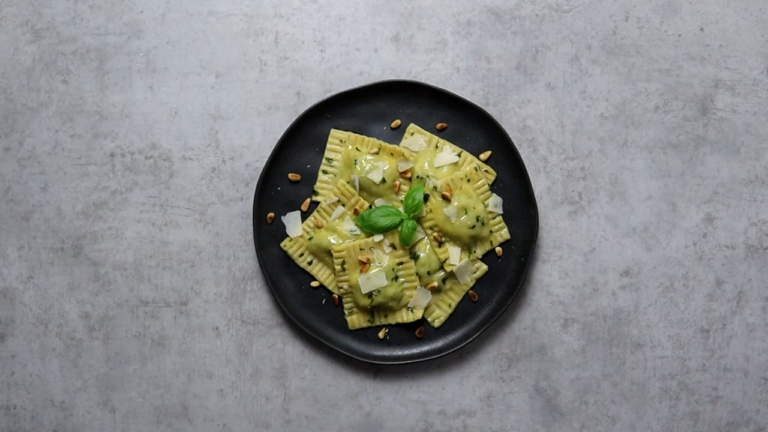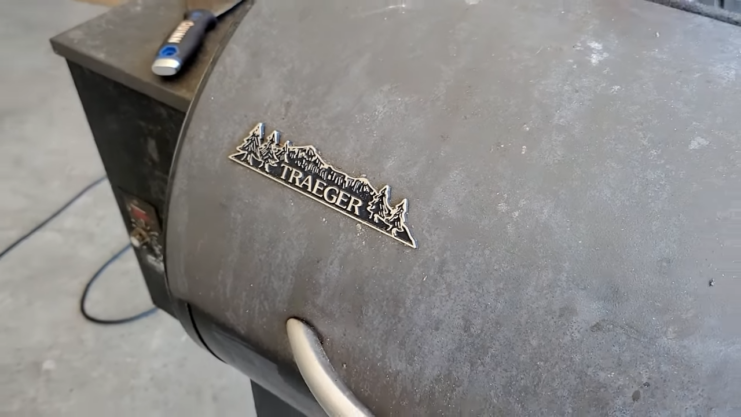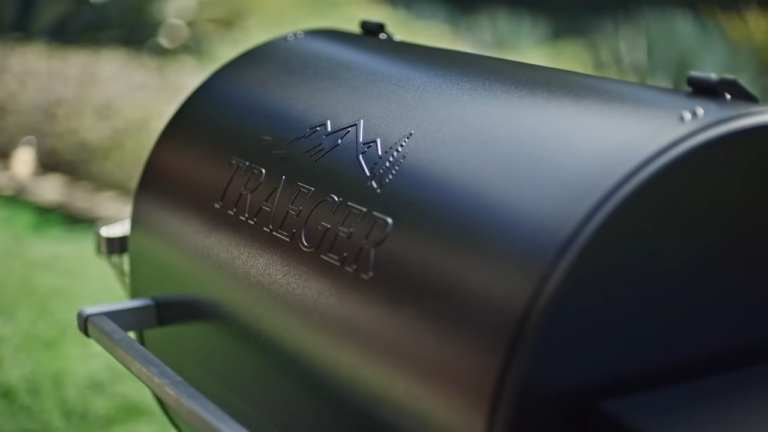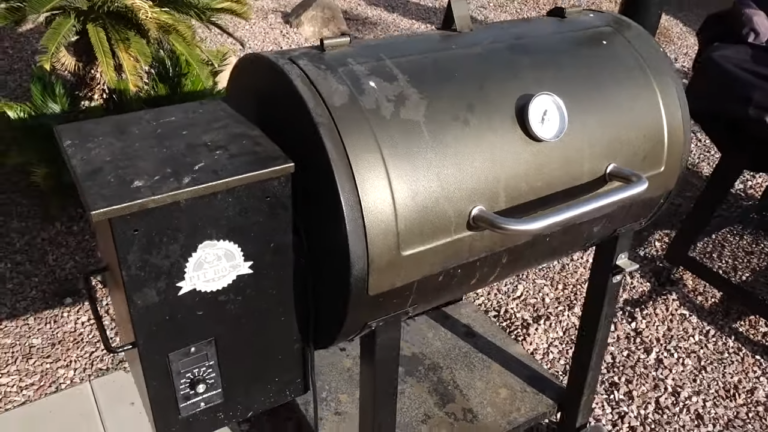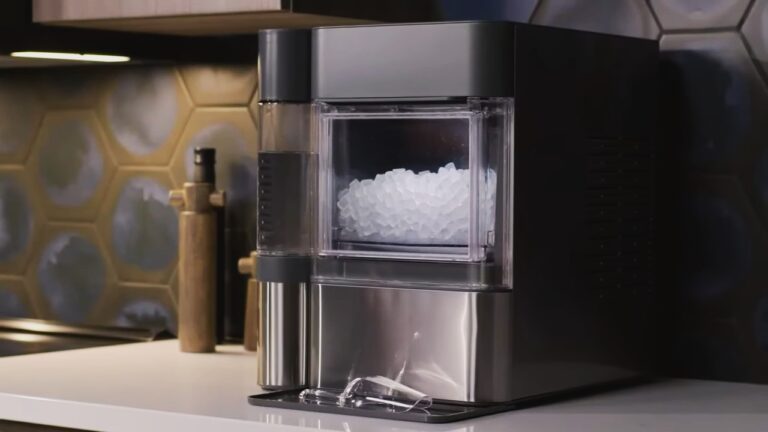Is your Traeger paint flaking? If yes, have no fear. It is something that frequently happens. I came across this problem quite a few times.
I assure you, it is not something you should lose any sleep for.
To confirm this, I will provide you with several things you need to be aware of.
Main Factors That Cause Flaking
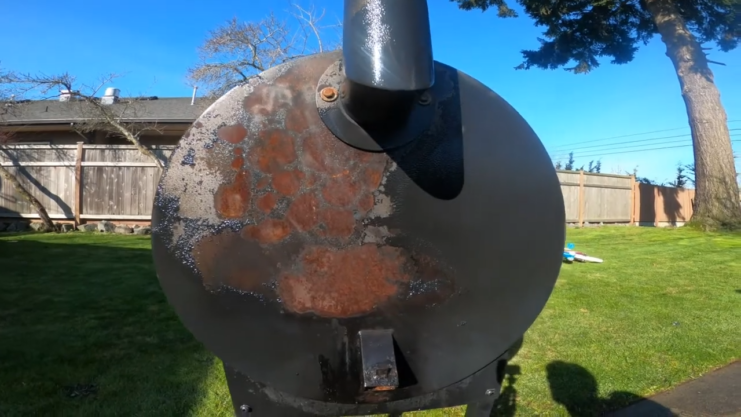
Several factors can contribute to the flaking of paint on pellet grills:
- High Heat Exposure: Pellet grills operate at high temperatures, which can cause the paint to deteriorate over time. Repeated heating and cooling cycles can lead to the expansion and contraction of the metal, resulting in paint cracking and eventually flaking off.
- Quality of Paint: The quality used in the manufacturing process plays a crucial role. Lower-quality ones may not withstand high temperatures well, leading to quicker degradation.
- Environmental Factors: External factors such as moisture, humidity, and exposure to elements can also contribute to the deterioration. Rust formation under the layer can cause it to lift and flake away.
- Mechanical Damage: Accidental knocks, scrapes, or abrasive cleaning can damage the paint, making it more susceptible to flaking.
Health and Functional Implications
The flaking of paint in a cooking appliance like a pellet grill raises concerns regarding its impact on food safety and the grill’s performance. Flakes of paint can contaminate food, posing a health risk. Additionally, the exposed metal can rust, potentially affecting the grill’s efficiency and longevity.
Preventive Measures
To minimize the risk of paint flaking, users can take several preventive steps:
- Proper Usage: Adhering to the manufacturer’s guidelines for operating temperatures and grill maintenance is crucial.
- Protective Covering: Using a grill cover when the grill is not in use can protect it from environmental factors.
- Gentle Cleaning: Avoid abrasive cleaning tools and chemicals that can damage the paint.
Solutions and Remedies
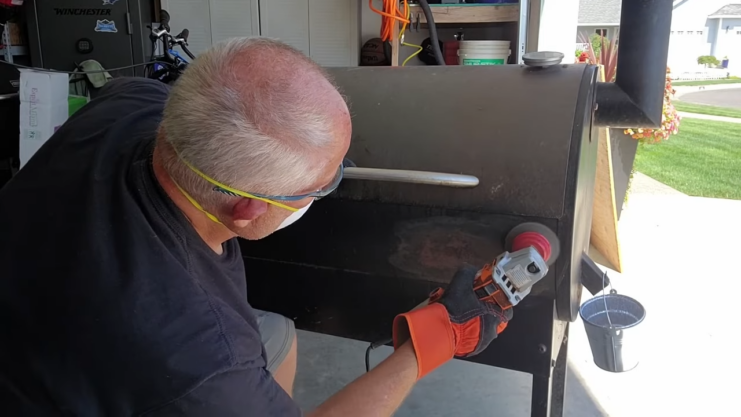
In cases where paint flaking occurs, the following steps can be taken:
- Surface Preparation: Remove loose paint and rust from the affected area using a wire brush or sandpaper.
- Repainting: Use high-temperature paint specifically designed for grills and smokers to repaint the area.
- Professional Assistance: For extensive damage, seeking professional help or contacting the manufacturer for guidance is advisable.
Maintenance for Longevity
To ensure that your pellet grill lasts as long as possible and operates at its best, regular maintenance is essential.
First and foremost, routine cleaning is crucial. This means not only wiping down the exterior but also thoroughly cleaning the grates, the interior surfaces, and the pellet hopper to prevent ash buildup and grease accumulation. These residues, if left unattended, can impair the grill’s performance and even pose safety hazards.
Regularly inspect your grill for any signs of damage or wear. Look for issues like rust on metal parts, cracks in the grill body, or any loose components. Early detection of these problems can prevent them from becoming more severe and costly to repair.
Following the manufacturer’s instructions for care and storage is another vital part of maintaining your pellet grill. This includes steps like properly covering the grill when not in use to protect it from weather elements and ensuring it’s stored in a dry, covered area if possible.
Manufacturers often provide specific recommendations on the best practices for maintaining their models, including the type of cleaners to use, the frequency of deep cleanings, and guidelines on how to handle various components during cleaning.
Weather Conditions
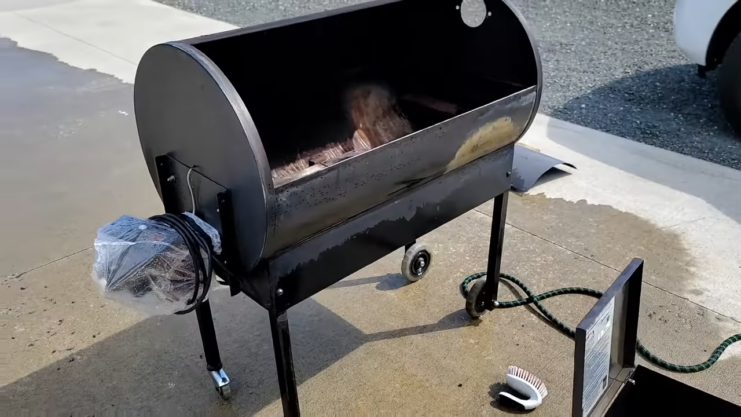
Pellet grills, including Traeger models, are often used in various outdoor settings, which means they are exposed to different weather conditions. These conditions can accelerate the wear and tear on the grill, including flaking.
If you’re considering using a pellet grill on an apartment balcony, be sure to review any building regulations or lease agreements that might restrict outdoor cooking equipment in such spaces.
Understanding how to navigate these challenges is essential for maintaining the grill’s integrity over time.
For example, in humid climates, the risk of rust increases, which can undermine the paint. Conversely, in very dry conditions, it may become brittle and more prone to flaking.
Adjusting storage and maintenance routines according to local weather conditions is a key strategy in preserving the grill’s exterior.
The Sum Up
Dealing with paint flaking in pellet grills such as those from Traeger is about more than just quick fixes. Addressing issues like a Traeger grill not igniting requires a comprehensive approach to troubleshooting and maintenance.
Finding a long-term solution is an absolute priority. I hope you will find this insight to be of much help.




